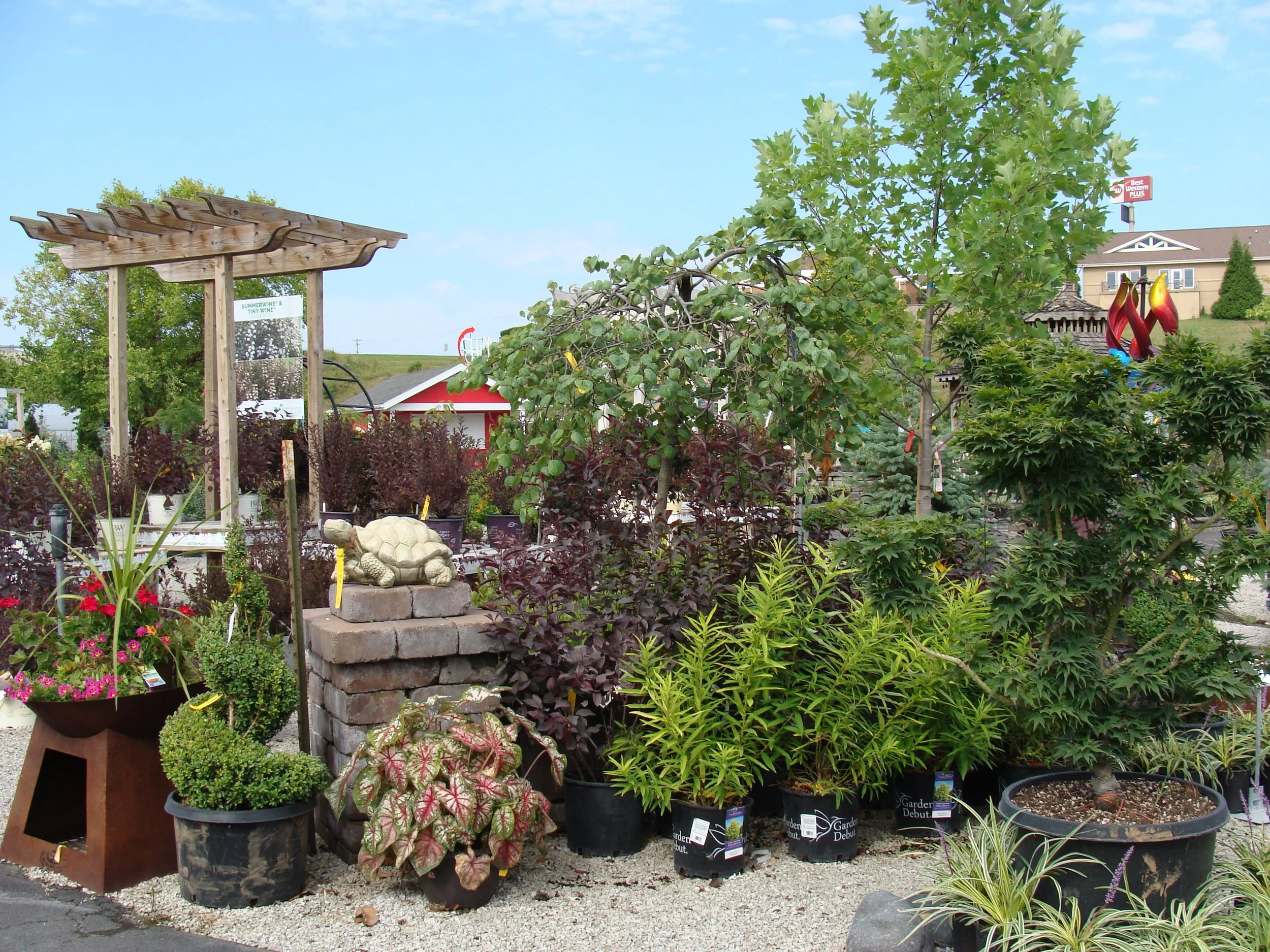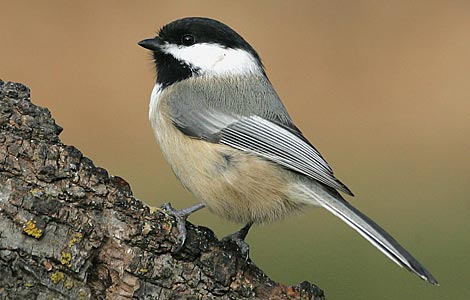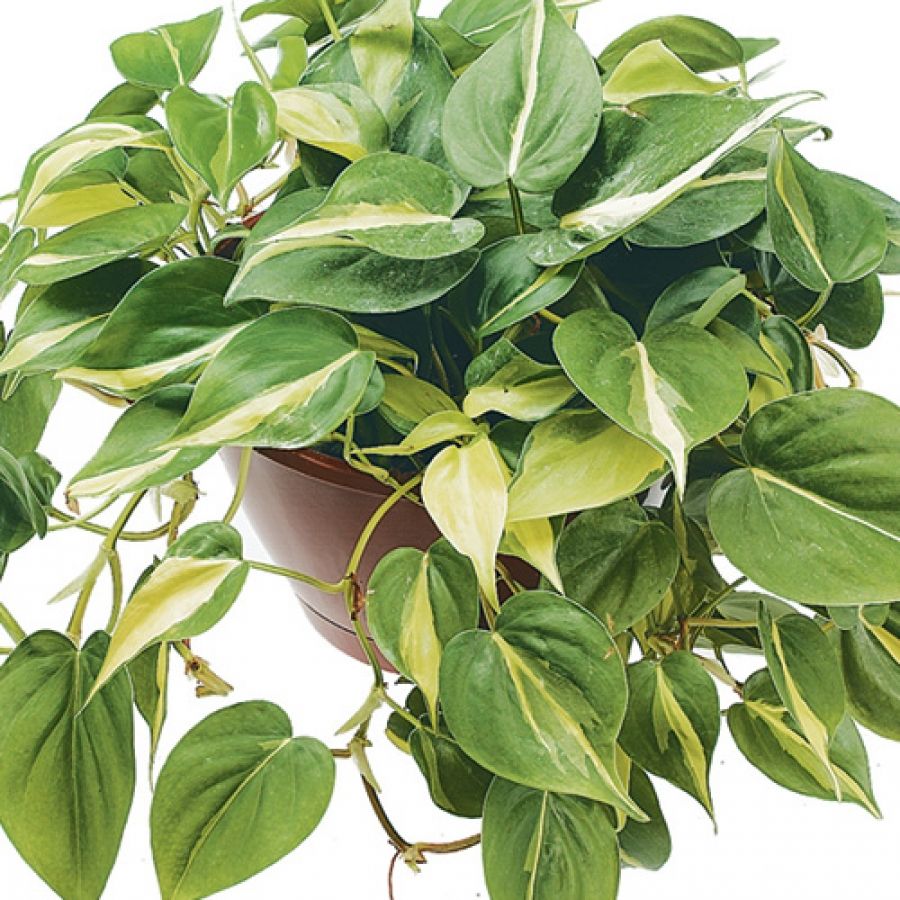Mini Garden Plants
Mini plants and mini gardens have become very popular. They have a cuteness factor that is hard to resist. Miniature plants can be used in a variety of ways. They work great in cute little containers, terrariums, and of course in miniature/fairy gardens.
The joy of miniature gardening is combining crafting and gardening together to create a living masterpiece. There are so many options for creating mini gardens from fairy gardens to miniature landscape scenes. You can create a mini world containing plants and mini decor that reminds you of a favorite place or a place you'd like to be, or you can create a whimsical fantasy scene.
The crafting part is attaining an idea, and then putting it into a mini garden. The gardening part is choosing the plants that suit your idea and will grow well together in the location you have available. The same golden rule applies here as in landscape areas - choose the right plant for the right place. The associates at Hillermann Nursery & Florist are here to help you with design, selection and care tips.
- - - - - - - - - - - - - - - - - - - - - - - - - - - - - - - - - - - - - - - - - - - - - - - - - - - - - - - - - - - - - -
20% OFF
Mini Garden Plants
Good through 2/26/19. Not good with any other sale, coupon or discount or
on previous purchases. Print this page or mention offer at the checkout counter.
Code: 004
- - - - - - - - - - - - - - - - - - - - - - - - - - - - - - - - - - - - - - - - - - - - - - - - - - - - - - - - - - - - - -









